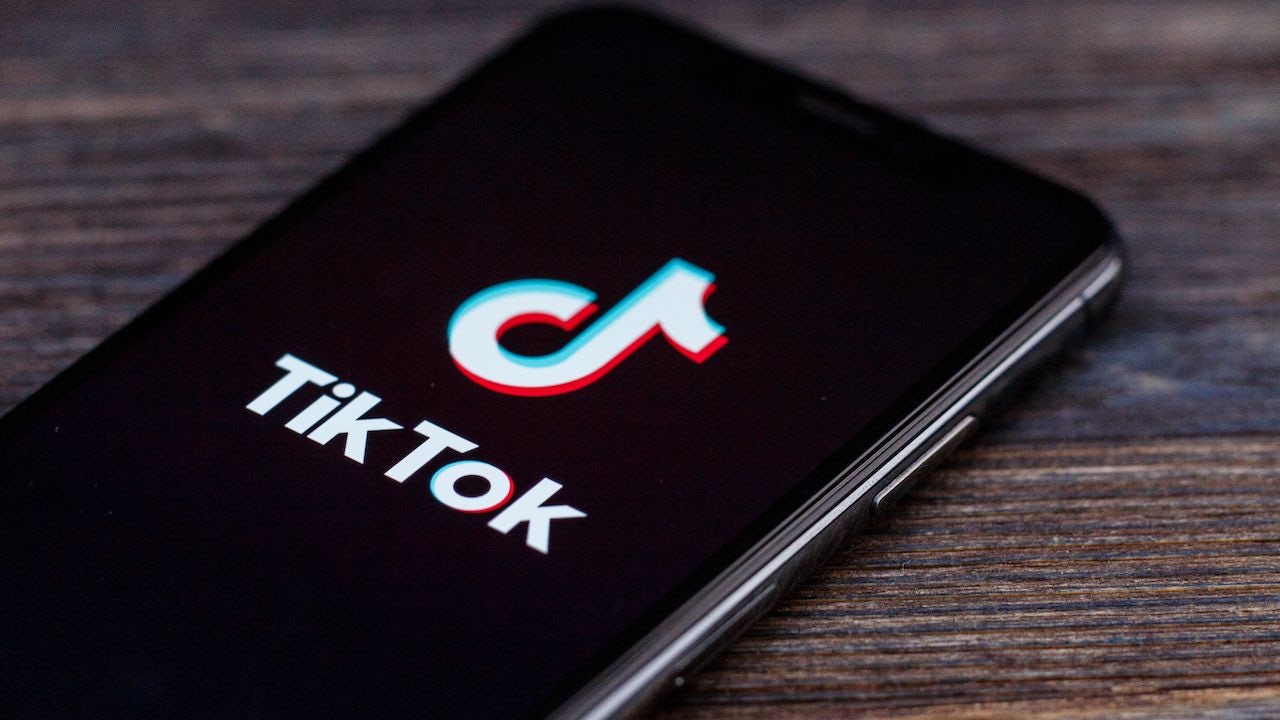Key Takeaways:#
- The number of Chinese startups in the luxury space today is unprecedented, and many use technology as a source of differentiation or competitive advantage.
- Young and affluent Chinese Gen Z consumers find local brands much more aspirational and desirable than millennials or Gen Xers.
- In 2020, for the first time, China overtook the US in AI research. Therefore, it is only a matter of time before more Gen Z-focused Chinese luxury brands start winning in the luxury market.
Recently, I presented a keynote to a group of some of the most influential investors in luxury. We discussed the future of luxury, what investors need to focus on, and the actions brands must take to be future-ready. But one question during the Qamp;A section was of particular interest: Did I think that Chinese luxury brands could ever be more relevant than Western luxury brands? If yes, how quickly would it happen?
My answer was yes and, possibly, within this decade. Don’t get me wrong: It is unlikely that most of the top-selling Western luxury brands will suddenly get replaced by Chinese brands. However, there are clear signs that a fundamental shift is happening, and — like so many disruptions in the luxury space — it is being driven by Gen Z.
China's Gen Z is the most optimistic generation the country has ever seen. Often highly educated, cosmopolitan, and sophisticated, this generation does things differently than past generations. They believe in hard work, but they also want to reward themselves for achievements. Importantly: They have high admiration for Chinese culture and its potential.
As a result, young and affluent Chinese Gen Z consumers find local brands much more aspirational and desirable than millennials or Gen Xers. And they are creating new brands that reflect their lifestyles, preferences, and dreams. Therefore, it’s no surprise that the number of Chinese startups in the luxury space today is unprecedented, and many use technology as a source of differentiation or competitive advantage.
In many ways, the premium and luxury car markets are the most challenging ones to enter. That, in part, is because cars reflect status, signaling that the owner is “doing well.” That is particularly important in Asia. According to Euromonitor, in 2020, almost 60 percent of Asian consumers with incomes over 80,000 said it is important for other people to think they are doing well. That number is significantly higher than the rest of the world (about 50 percent). A disproportionate number of respondents attribute this to the car, stating that you can tell a lot about the person from the car they drive. Hence, cars are a critical status symbol in Asia.
Therefore, it is remarkable that, among Chinese Gen Zers, the level between German and Chinese cars has almost vanished. While 55 percent of Chinese Gen Zers aspire to buy German cars, 47 percent have already considered a Chinese car. American brands only reached a 28 percent consideration, and Korean brands only won over 10 percent (in this survey by Ipsos and B-Insights, multiple answers were possible). When asked why they preferred Chinese cars, three of four top answers were technology, design, and quality/reliability. In the survey, many described cars as evolving towards personal space, a form of self-expression, “a home,” and even “my toy.”
These descriptions show how consumer preferences and expectations are changing, with consumers expecting many different aspects from a car brand than just performance or functionalities. They are a lifestyle choice. Being closer to customers, Chinese brands have a significant strategic advantage in identifying trends and bringing them to the market faster. Their designs are in tune with local tastes, and their technology, especially in user interactions, has evolved to become some of the best in the world.
It will still take a few years for Chinese car brands to become the number one choice, but with Gen Z gaining influence, that will likely be the case around 2025.
Another example of the disruptive power of Chinese Gen Zers is the fast-fashion brand Shein. While not a luxury brand, Shein is a great example of the tectonic shift currently in motion. The brand launched in 2008 and is a pure, direct-to-consumer digital player (save for a few pop-up stores). In fact, it hasn't even been launched in China yet, only targeting the US and Europe thus far. And over 12 years, the brand has practically become as big as Zara (estimate around 20 billion in revenue, according to The South China Morning Post) despite not having one physical store.
The brand completely disrupted the fashion model by implementing the world’s most efficient supply chain through AI (Artificial Intelligence), allowing a near real-time model with hardly any inventory and little overhead. And, importantly, it can produce a collection, from ideation to creation, in only three days as opposed to Zara's three weeks. The brand launches 5,000 new products every day with a near-zero inventory that allows it to be extremely experiential, inspirational, and able to shift toward customer demands and trends in real-time by exploring the power of proprietary AI-based algorithms.
In 2020, for the first time, China overtook the US in AI research, remaining far ahead of any other country in that field in quality and quantity. As such, it is only a matter of time before more Gen Z-focused Chinese luxury brands launch similar, disruptive technologies that offer zero-inventory and real-time, customer-centric portfolios. And they will excite customers with creative executions far beyond what seems possible today.
The fusion of artistry and technology, in particular, is a weak spot for many Western luxury brands. And since Chinese Gen Zers loves technology, an overreliance on traditional craftsmanship and proven technologies has put many Western luxury brands across categories at a strategic disadvantage. That's because new brands can start from a clean slate, without restrictions from the past, and with a deep understanding of new consumers and digital technologies.
Therefore, the “China chic” trend does spell trouble for Western luxury brands. However, as always, I advise against generalizing. China chic is only trouble for brands that continue doing what they always did. The competition will heat up, new players will rise, and consumer preferences will shift rapidly. Agile and proactive brands that are radically customer-centric have a chance to win. These are exciting times for brands that get these strategies right, but they will be troubling for the others.
This is an op-ed article and reflects the views of the author and does not necessarily represent the views of Jing Daily.
Daniel Langer is CEO of the luxury, lifestyle and consumer brand strategy firm Équité, and the executive professor of luxury strategy and extreme value creation at Pepperdine University in Malibu, California. He consults some of the leading luxury brands in the world, is the author of several luxury management books, a global keynote speaker, and holds luxury masterclasses in Europe, the USA, and Asia. Follow @drlanger



